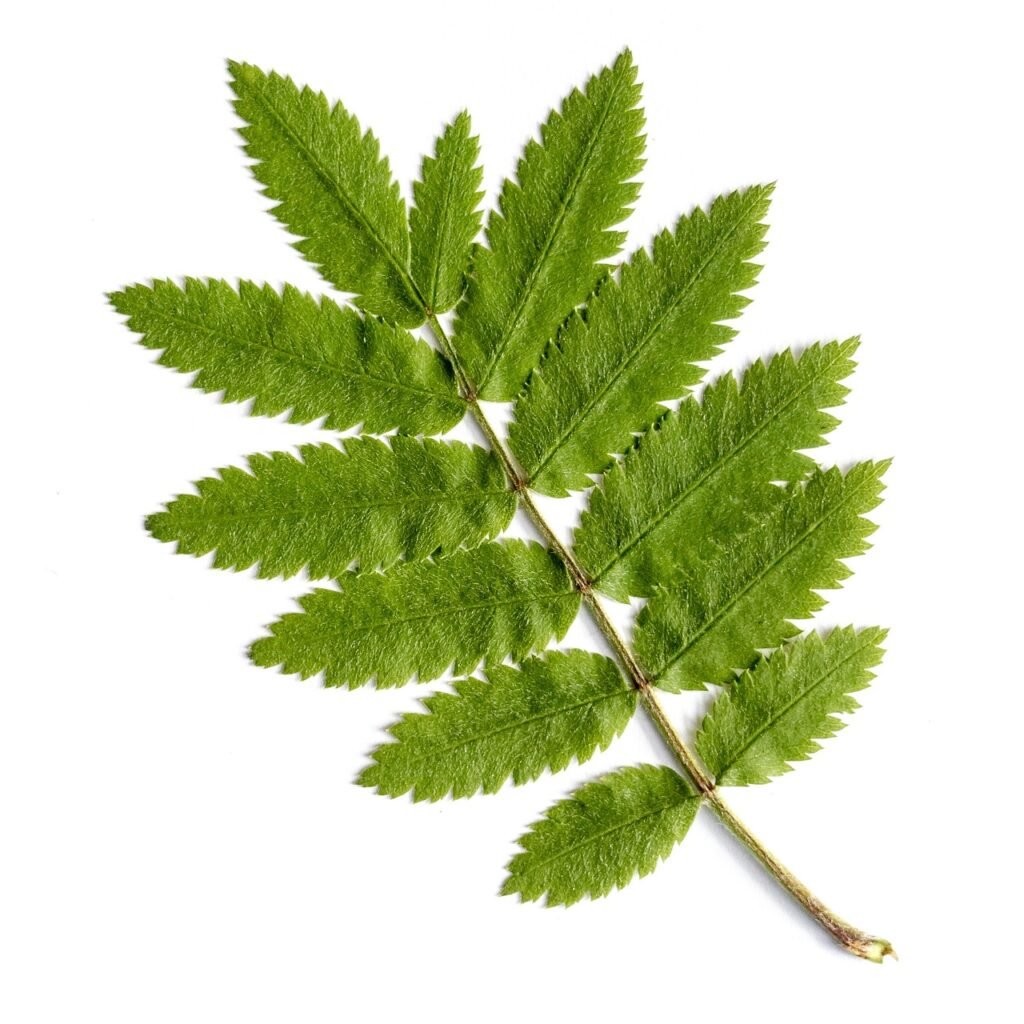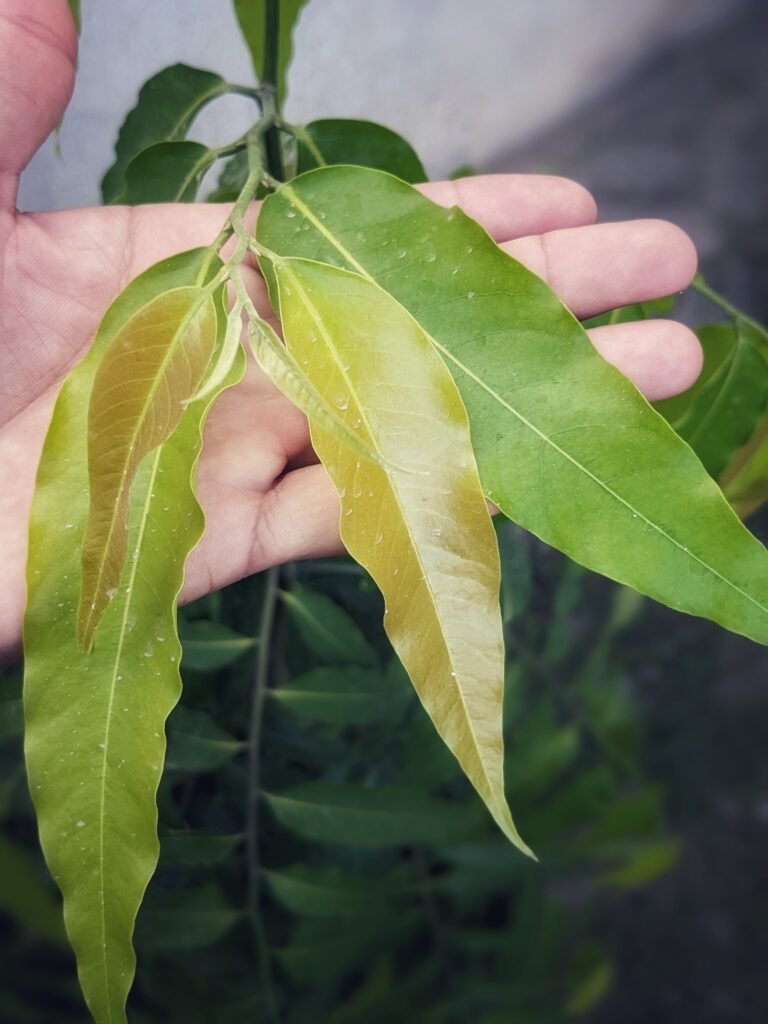The majestic Ashoka Tree (Saraca asoca), also known as the “Remedy” or “Joy of the Forest,’ is an alluring and powerful tree that has been revered for centuries. From its symbolic place in Hindu culture to its infamous medicinal properties, it’s easy to see why this remarkable species of plant has fascinated humans for so long. In this blog post, we’ll discuss the history and uses of Ashoka Tree, while exploring some of its health benefits. Get ready to learn about why this ancient Indian herbal remedy is still so popular today!

Introducing the Ashoka Tree – History, Uses & Benefits
The Ashoka Tree, scientifically known as Saraca asoca, is a species of flowering tree native to the Indian subcontinent. It is named after the legendary Mauryan emperor Ashoka, who was said to have planted it around his palace and other important buildings. This tree has been an integral part of Indian culture and Ayurvedic medicine for centuries. It is also considered a sacred tree in Hinduism and is often found in temple complexes across the country.
The Symbolic Importance of the Ashoka Tree
In Hindu mythology, the Ashoka Tree is considered sacred and has been mentioned in various ancient texts like the Ramayana and Mahabharata. It is believed to be a symbol of love, fertility, and prosperity. The tree is also associated with Goddess Sita, who was said to have taken refuge under an Ashoka Tree during her captivity in Lanka.
The Ancient Origins of the Ashoka Tree in Ayurveda
Ayurveda, the traditional Indian system of medicine, has been using Ashoka Tree bark and leaves to treat various ailments for thousands of years. The tree is known for its powerful medicinal properties that help in treating conditions like dysentery, diarrhea, skin disorders, and even diabetes. It is also used as a tonic for women’s health issues such as menstrual cramps and menopause symptoms.
How Is the Ashoka Tree Used In Traditional Medicine
In traditional medicine, particularly Ayurveda, every part of the Ashoka Tree is used due to its rich medicinal values. The bark, in particular, is highly sought after. It is boiled in water to create a decoction that is used to treat conditions like menstrual disorders and internal bleeding.
The leaves of the Ashoka Tree are used to create a juice that helps in treating dysentery and indigestion issues. Furthermore, the seeds and flowers of the tree are dried and ground into a powder, which is used to treat various skin conditions. It’s no surprise that this versatile tree has been a staple in traditional medicine for centuries, and continues to be highly respected and utilized today.
Different Parts of the Ashoka Tree and Their Properties
The Ashoka Tree is a treasure trove of medicinal properties, each part offering unique health benefits. The bark of the Ashoka Tree is rich in tannins, catechol, and sterol, substances known to have substantial therapeutic effects. Traditionally, the bark has been used to manage conditions such as menstrual disorders, dysentery, and skin diseases.
The leaves, on the other hand, are a rich source of phytochemicals and have proven effective in treating digestive problems like dysentery and indigestion. Moreover, the flavonoids present in the leaves demonstrate antioxidant properties, contributing to overall health and wellness.

The seeds and flowers of the Ashoka Tree are not left behind in their medicinal prowess. They are dried and ground into a powder, which is then used for various skin conditions. These parts of the tree are said to have antimicrobial properties, providing relief from skin infections and wounds.
Lastly, the fruit of the Saraca asoca Tree has been found to possess antifungal and antibacterial properties, making it an effective natural remedy for various infectious diseases. This comprehensive range of medicinal properties across different parts of the Ashoka Tree underscores its esteemed status in traditional medicine.
Modern Applications of the Ashoka Tree
The Ashoka Tree continues to hold an esteemed place in the sphere of modern medicine and wellness. Several pharmaceutical companies harness the medicinal properties of the Saraca asoca Tree to produce various health supplements and products.
The bark extract is often encapsulated and marketed for women’s health, specifically to alleviate menstrual discomfort and balance hormonal irregularities. Additionally, the antimicrobial properties of the seeds and flowers are harnessed in the production of skin ointments and creams.
The tree’s potent anti-diabetic property has also been utilized in creating natural remedies for managing diabetes. Besides medicine, the Ashoka Tree finds its use in landscaping for its aesthetic appeal, with its vibrant orange-red flowers adding a splash of color to gardens and parks.
Its wood, being sturdy and termite-resistant, is used in making furniture and crafting tools. From health to aesthetics to practical applications, the Ashoka Tree stands as a testament to the timeless relevance of nature’s offerings in our lives.
A Step-by-Step Guide to Growing the Ashoka Tree
Cultivating your own Ashoka Tree can be a rewarding experience. Not only is the tree a beautiful addition to any garden, but it also carries with it a wealth of history and medicinal benefits. Here is a comprehensive, guide to growing the Saraca asoca Tree in your backyard.

Step 1: Choosing the right spot
The Ashoka Tree thrives best in well-drained, fertile soil in a sunny location. The area should have enough space to accommodate its growth as the tree can reach a height of up to 20 meters.
Step 2: Acquiring Ashoka Tree seeds
You can purchase Ashoka Tree seeds from a reliable source or collect them from an existing tree. Make sure the seeds are healthy and free from any signs of disease.
Step 3: Preparing the seeds
Soak the seeds in water overnight to help speed up the germination process. The next day, remove the seeds from the water and let them dry.
Step 4: Planting the seeds
Create small holes in the soil about 1 inch deep and place one seed in each hole. Cover the seeds with soil and water them thoroughly.
Step 5: Caring for the growing tree
Water the tree regularly but be careful not to overwater, as this can lead to root rot. The tree will need plenty of sunlight to grow, so make sure it is not overshadowed by other plants or structures. Regularly check for pests and diseases and treat them promptly.
Step 6: Pruning
Once the tree is mature, prune it to maintain its shape and size. Pruning also helps in improving air circulation and light exposure to the tree.
Remember, patience is key when growing a tree, as it can take several years for the Saraca asoca Tree to reach full maturity. However, the process is incredibly rewarding and will provide you with a beautiful, beneficial tree for years to come.
Nutritional Breakdown of Ashoka Leaves & Bark
The leaves and bark of the Saraca asoca Tree are not only revered for their medicinal properties but also for their remarkable nutritional profile. The leaves of the Ashoka Tree are a rich source of vitamins and minerals, including Vitamin K, Vitamin C, iron, calcium, and magnesium. They also contain essential amino acids and a variety of phytochemicals, such as flavonoids, which have potent antioxidant properties.
The bark of the Saraca asoca Tree, on the other hand, is packed with bioactive compounds that contribute to its therapeutic applications. Key among them are tannins, catechol, and sterol, which hold strong anti-inflammatory and antioxidant properties.
The bark also has a high content of dietary fiber, enhancing its utility in digestive health. This broad spectrum of essential nutrients and bioactive compounds underscores the Ashoka Tree’s contribution to health and wellness, further solidifying its place in both traditional and modern medicine.
How to Identify an Authentic Ashoka Tree
Identifying an authentic Ashoka Tree can be a fascinating experience. The Ashoka Tree is a medium-sized evergreen that grows up to 20-30 feet tall. It has a distinctive appearance with its slim, upright, and column-like shape, setting it apart from other tree species. Its leaves are dark green, glossy, and lance-shaped, grouped in clusters at the end of the branches.
The tree blossoms from February to April, producing vibrant orange-red flowers that are compactly arranged in heavy, lush bunches. These flowers are highly fragrant, adding a sensory delight to its visual appeal. The tree bears elongated, flat, leathery pods which turn bright red when ripe. The bark is rough, uneven and greyish-brown in color. By noting these characteristics, you’ll be well-equipped to identify an authentic Saraca asoca Tree.
Conclusion – The Many Benefits of the Ashoka Tree
The Ashoka Tree is a treasure trove of medicinal properties, revered for centuries in traditional medicine and still relevant today. Its bark, leaves, fruits, seeds, and flowers all have unique health benefits. We’ve seen how different parts of the tree are used to treat various conditions like menstrual disorders, digestive issues, skin problems and more. Its rich nutritional profile and bioactive compounds make it an essential ingredient in modern medicine and wellness products.
And finally, we’ve explored how to identify an authentic Saraca asoca Tree with its distinctive appearance. From health to aesthetics to practical applications, the Ashoka Tree stands tall as a symbol of nature’s endless offerings for our well-being. So next time you come across an Ashoka Tree, take a moment to appreciate its beauty and all that it has to offer.
So let’s continue to celebrate and cherish the majestic Saraca asoca Tree – a true “Joy of the Forest”. Let us also remember to use its resources sustainably, preserving this wonder of nature for generations to come.
With its rich history and amazing benefits, it’s no wonder that the Saraca asoca Tree continues to be a source of fascination and admiration for all. Keep exploring, learning and benefiting from this ancient Indian herbal remedy that still remains relevant in the modern world.
Frequently Asked Questions (FAQs)
How long does it take for an Ashoka Tree to mature?
The Ashoka Tree may take several years to reach full maturity. Growing a tree requires patience, but the reward is a beautiful tree with numerous health benefits.
Where can I purchase Ashoka Tree seeds?
Ashoka Tree seeds can be purchased from a reliable source such as a local nursery or a reputable online store. Ensure the seeds are healthy and free from signs of disease.
Can the Ashoka Tree be grown in any climate?
The Ashoka Tree prefers a tropical or subtropical climate, but can adapt to various conditions. It thrives best in well-drained, fertile soil in a sunny location.
What are some health benefits of the Ashoka Tree?
The Ashoka Tree is known for its extensive medicinal properties. Various parts of the tree are used to treat conditions like menstrual disorders, digestive issues, skin problems and more. Its leaves and bark are also highly nutritious.
How can I identify an authentic Ashoka Tree?
The Ashoka Tree has a distinctive appearance with slim, upright shape, dark green, glossy leaves, vibrant orange-red flowers and elongated, flat, leathery pods that turn bright red when ripe. The bark is rough, uneven and greyish-brown in color.
Can I use the Ashoka Tree for anything other than medicinal purposes?
Indeed. Apart from its medicinal uses, the Ashoka Tree is also a beautiful addition to any garden due to its vibrant flowers and unique shape. It can therefore be grown for aesthetic purposes as well.
References
- “Ashoka: A Versatile Tree Species” – Indian Forester, (2010).
- “Medicinal properties of ‘true’ Ashoka Tree, Saraca Asoca” – Journal of Basic and Clinical Pharmacy, (2013).
- “Pharmacognostic and pharmacological profile of Ashoka: An overview” – Journal of Pharmacognosy and Phytochemistry, (2014).
- “Phytochemical analysis and medicinal uses of Ashoka tree” – International Journal of Pharmaceutical Sciences and Research, (2015).
- “Saraca asoca (Ashoka): A Review” – Journal of Chemical and Pharmaceutical Research, (2016).
- “A Comprehensive Review on Saraca asoca (Ashoka)” – International Journal of Pharmaceutical Sciences and Drug Research, (2017).





